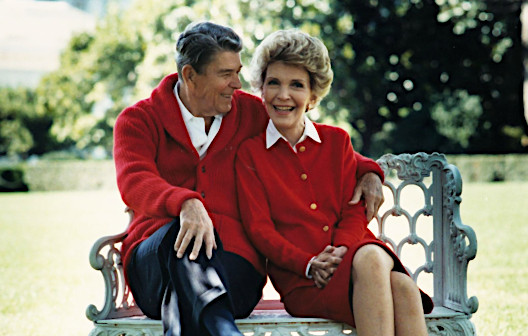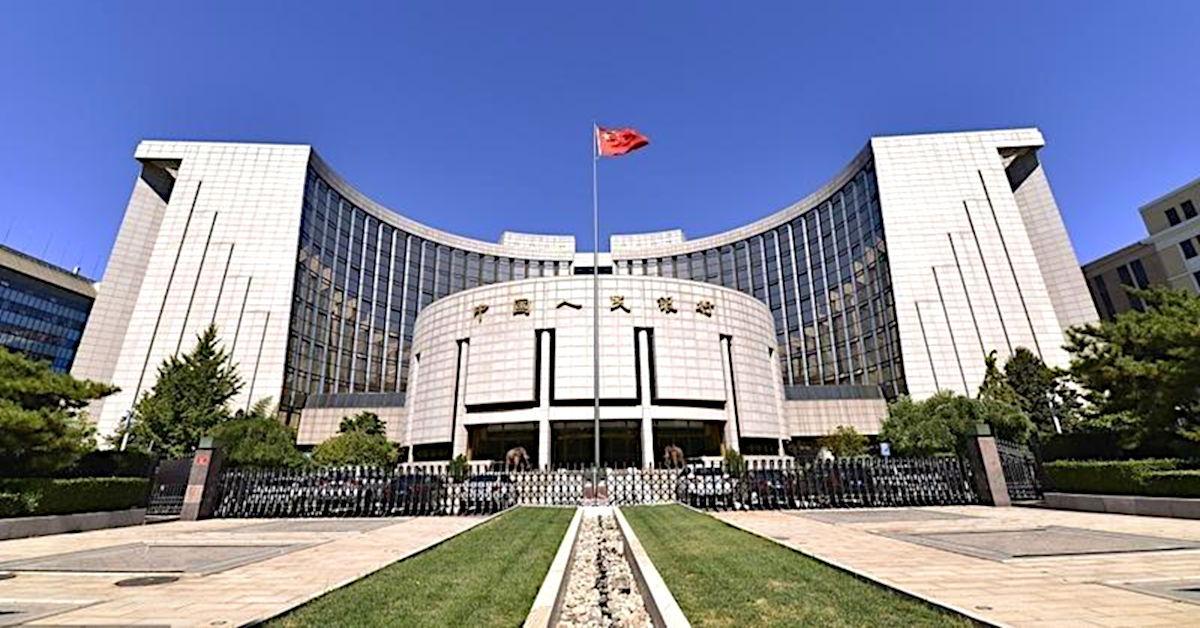Image Credit: Can Pac Swire (Flickr)
Challenges to the US Dollar as a Reserve Currency and Market Impact
The percentage of US dollars used by foreign central banks as their reserve currency, has fallen dramatically in the past seven years. During this same period, a greater share of global reserves are being held in Chinese yuan. Could this shift impact US investments, including stocks and interest-bearing securities? Will US living standards suffer?
When any reserve currency, including gold, the Euro, the yuan and others, experiences increased demand, its value is enhanced. Fading demand has the impact of decreasing value which pushes upward on inflation for goods transacted in that currency. A weakening currency also demands higher interest rates to attract use. Valuations across all dollar-denominated markets may get dragged down with a declining dollar as well.
Background
The United States dollar has been the world’s primary reserve currency for over 60 years. Before the early 1970s, the dollar had been pegged to gold and most other currencies were then valued off the dollar. Since dollars are easier to work with than gold, greenbacks were used as the main intervention currency for monetary policy adjustments outside (and inside) of the US.
The establishment of the European monetary union and the euro in 1999 led to predictions of the dollar weakening. These fears were not realized. The use of the dollar as the primary reserve currency is based on the US maintaining a position as the world’s dominant economy. US dollars did not reach the position of reserve currency by world leaders somehow meeting and deciding to use dollars. Instead, it was based on trust and size of the US economy and debt market.
It does however make international transactions easier if currencies are priced to one currency.
Recent Trend
Using measurements from just before the Russian sanctions from the West, the percentage of dollars used as a currency dropped below 59% (Q4 2021). This is down from 62% at the beginning of 2020, and 65% five years earlier in 2015. The trend toward using other currencies has recently accelerated.
The declining use of the dollar is even more dramatic when currency values are factored in. The recent strengthening of the dollar is masking a steeper drop in its “per unit” reserve status; the increase in momentum may have begun in 2018 when the US imposed tariffs on specific goods from China and a few other nations.
The euro is the second most widely-held reserve currency. It had experienced a net reduction over the last decade, but so far this decade has ticked higher. The trend seems to show that central banks are diversifying their reserve holdings. It would not be surprising if future data shows that the war in Europe has caused a lower level of use of euros as reserves.
Rising bond yields are likely to drive flows to dollars as long as competing currency, real yields (after inflation) aren’t rising more rapidly.
Very recently the Yuan has lost value as Beijing has re-imposed strict lockdowns related to coronavirus activity. Coupled with rising rates in the US and Europe, the Yuan should be under downward pressure.
Impact on Markets
Ordinarily, a softening yuan against US dollars would add to the two countries’ trade imbalances. Strong dollars make imports cheap. However, if production does not keep up with demand because of new lockdowns, the Chinese may not benefit from increased exports.
Inflation would be dampened somewhat on goods produced in China, but again if there is only a modest increase in imported goods from the US the inflation numbers reported will be barely impacted.
Strengthening dollars drive currency into US markets and could help support price levels during a period, like now, when there is a bearish tone due to a more hawkish monetary policy.
Take-Away
The US economy is experiencing its challenges for many different reasons. So are the other economies of the world. For this reason, central banks are diversifying. However, the US dollar is still considered to be the “risk-free” exchange medium against which others are measured. The size and scope of the US economy is likely to help the greenback retain its position, even as outside central banks decide to spread their risk around more than they have in the past.
Managing Editor, Channelchek
Suggested Reading
 Panelists Pulled No Punches at NobleCon18 Discussing ESG, Politics, Inflation, and War
|
 The Risky Position Elon Musk is Placing Himself In
|
 Evaluating Gold Royalty Companies to Gain Exposure to Precious Metals
|
 How did the Stock Market Perform Under Each President?
|
Sources
https://data.imf.org/?sk=E6A5F467-C14B-4AA8-9F6D-5A09EC4E62A4
https://www.bis.org/publ/qtrpdf/r_qt1812b.pdf
Stay up to date. Follow us:

|
